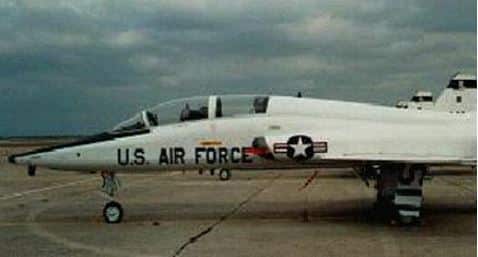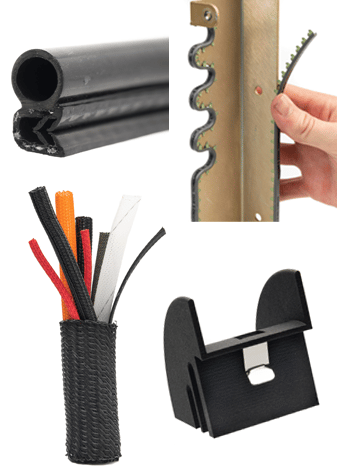The importance of wiring is well known to the military. It does no good to have state of the art – and expensive – avionics, if the wiring system cannot supply it with the data it needs. A “simple” wire issue can make a multimillion dollar system function poorly or not at all.

In recognition of this humbling fact, the role of JSWAG the “Joint Services Wiring Action Group” is to advance safety, reliability, maintainability and readiness of all military aircraft by specifically improving electrical wiring interconnect systems (EWIS) and fiber systems. The 37% of discrepancies due to chafe outlined above plainly conflicts with all four.
The EWIS in military and aerospace applications must meet a wide array of requirements. The safety of the operators as well as the planes and defense vehicles themselves rely on the EWIS which must withstand long life cycles (sometimes decades), face tough conditions like shock, vibration, fluids, and temperature extremes; and of course the strains imposed by flight and its repeated G forces.
As a result, military and aerospace engineers are focusing more on the evaluation for EWIS related components for new and retrofit electronics projects.
Chafe, arcing, and sparking are what our Mil Spec grommet edging helps to prevent.
JSWAG events are invitation only so we were pleased to be invited to the latest 2019 meeting where we can present our wire protection grommet edging solution which is listed in the NAVAIR wiring documentation NA 01-1A-505-1 manual.
We know that grommets are a small component in aircraft, but given their impact on chafe and therefore AOG or NORS, their impact is far larger than their size.
M22529/2 Mil Spec grommets are well tried and tested. We have supplied them to a wide range of tactical aircraft as well as military vehicles. For example, M22529/2 is installed on numerous tactical aircraft like the V280 Velour, CH-47 Chinook, C-17 Globemaster, T38 trainer (above), and many others.
JSWAG works on 4 key pillars to meet their mission, and DTi is proud to contribute to all four areas:
- Improve reliability: Passes all relevant tests, e.g., static load so it won't disbond or degrade like nylon grommets.
- Reduce inventory: Nylon has a high CoPQ – M22529/2 installs rarely need to be reworked so less inventory.
- Reduce cycle time: Significantly reduced install times reduce the time spent on this task.
- Reduce ownership cost: Significantly lower install costs which include direct labor/materials/consumables/scrap.
We have the test data to show that we provide best in class performance. The simplicity and speed of application without adhesive create significant savings and operational benefits vs. the old legacy nylon grommet.
We completed a life cycle cost analysis to help Aerospace OEMs validate the savings they would achieve – often millions of dollars according to our estimates over the production life cycle of aircraft/vehicles.
M22529/2 –Grommet Edging: The Better JSWAG Way
- M22529/2 is a high performance polymer coated grommet with an ultra-thin CRES substrate
- M22529/2 snaps into place with finger pressure.
- Caterpillar style with opposing finger-like castles that exert a compression force to create static friction for retention without glue.
- Static load tested to 20/20/20 G – even when 4 castles are removed.
- Training for the switch from old legacy nylon systems is simple, easy, and fast – 1 hour maximum.
- Reduced H&S issues as no glue or solvents are involved.
- Less chance of FOD: less components that can be left behind after install plus it won't disbond or break up like stressed nylon grommets

